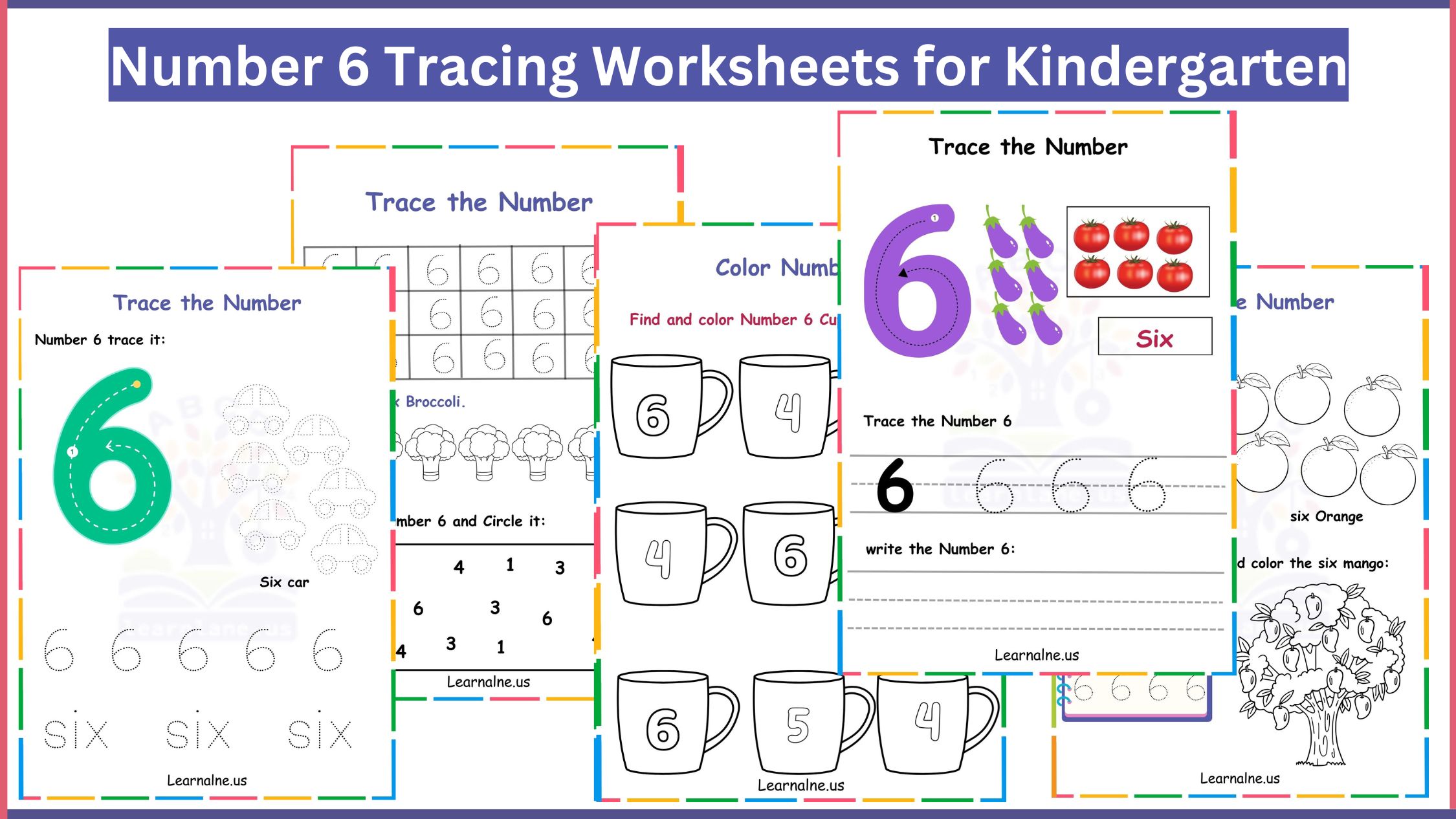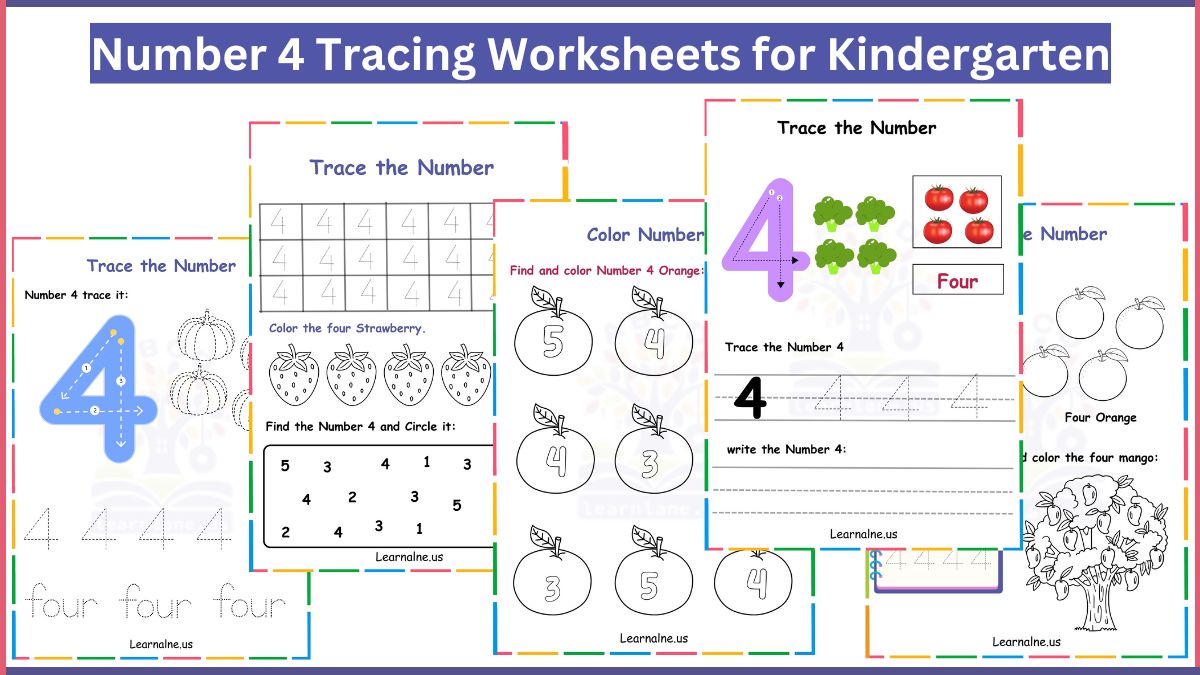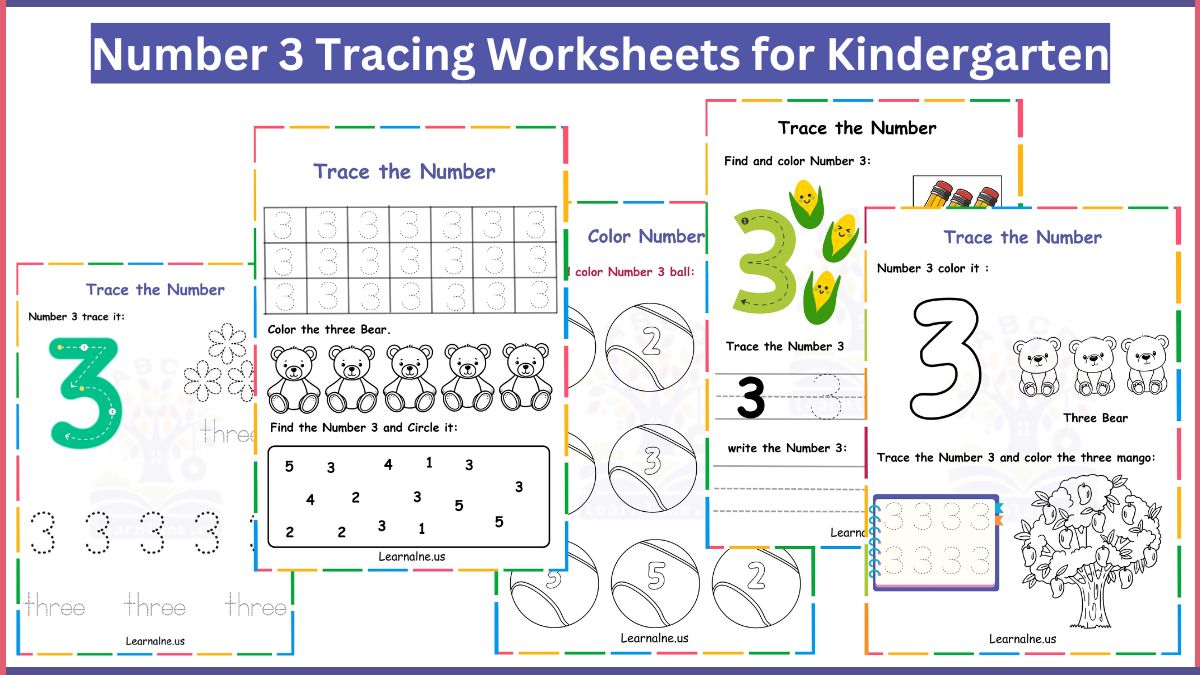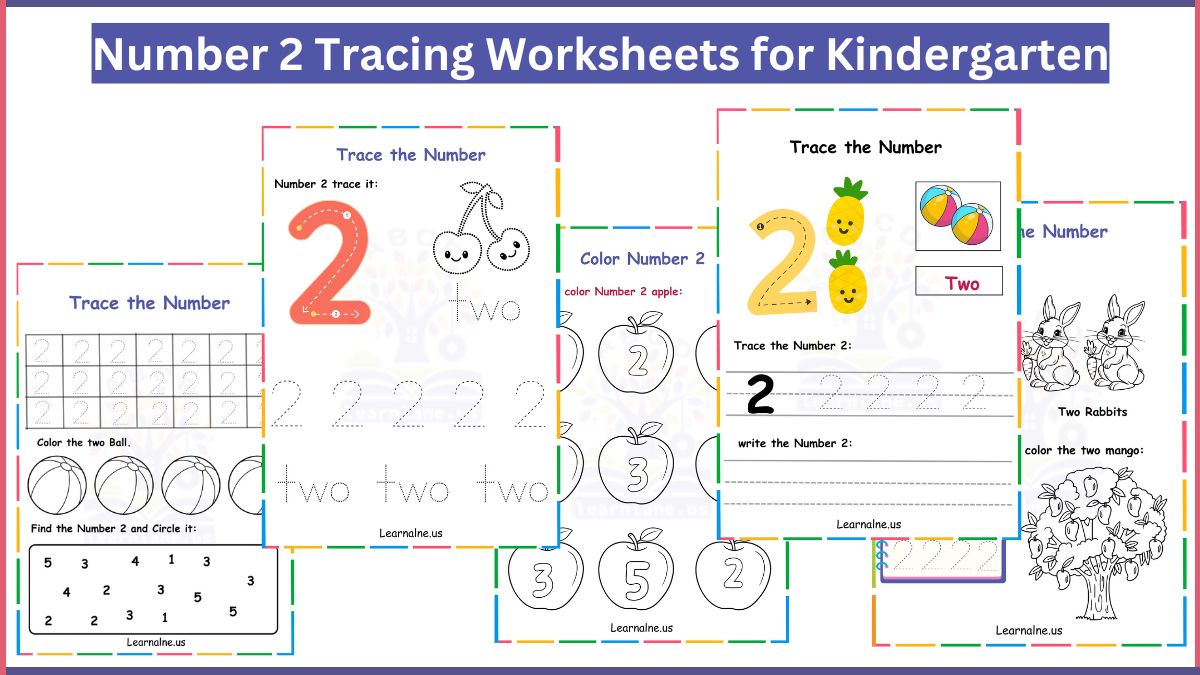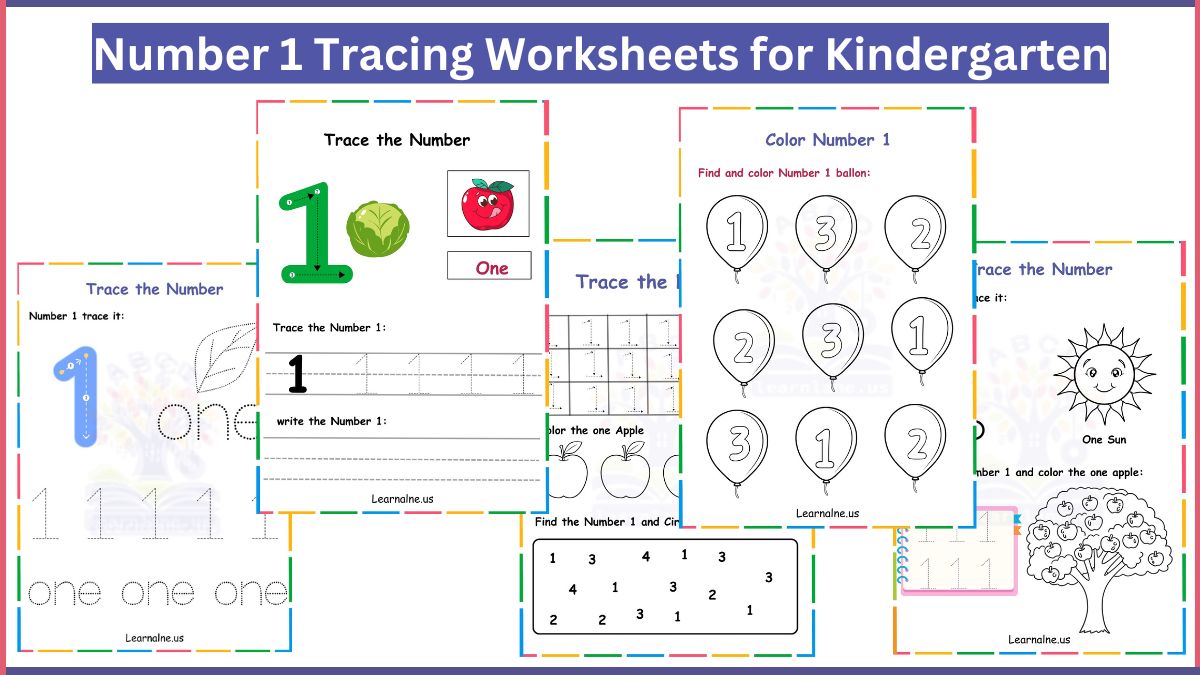We’ve all seen it. A child struggles to hold a pencil. They fumble with scissors. They get frustrated buttoning their coat. These moments matter. Fine motor skills are key for small muscle movements. They help with writing, cutting, and dressing. Preschoolers need these skills for school and life.
As early childhood educators, we play a big role in helping kids develop these skills. In this blog, we’ll discuss why fine motor skills matter, how they impact preschoolers’ lives, and share practical tips you can use in your classroom today.
What Are Fine Motor Skills?
Fine motor skills use small hand and finger muscles. They help kids do tasks like writing and cutting. These skills also support buttoning, zipping, and using utensils. Preschoolers need strong fine motor skills for school. They also need them for everyday life.
The preschool years are a key time for growth. Kids’ brains are ready to learn new skills. Fine motor practice helps them succeed.
Why Fine Motor Skills Matter
Fine motor skills impact nearly every area of a child’s development. Here’s how:
1. Academic Readiness and Pre-Writing Skills
Fine motor skills are essential for school readiness. Kids need them to hold a pencil, write letters, and complete classroom tasks. [1]
- Pencil Grip and Control: A proper pencil grip helps kids write clearly. Fine motor activities like drawing and tracing build the control needed for handwriting.
- Early Literacy and Numeracy: Writing letters and numbers requires fine motor skills. These skills also help kids manipulate objects for counting and sorting.
- Classroom Tasks: Cutting, gluing, and using tools are part of everyday classroom life. Fine motor skills make these tasks easier and more enjoyable.
2. Cognitive Development and Problem-Solving
Fine motor activities aren’t just about hand movements—they also boost brainpower. [2]
- Hand-Eye Coordination: Activities like threading beads or building with blocks improve hand-eye coordination. This skill is crucial for puzzles, games, and other cognitive tasks.
- Spatial Reasoning: Fine motor skills help kids understand spatial relationships. Building with blocks or assembling puzzles teaches them about shapes, sizes, and patterns.
- Attention and Focus: Fine motor tasks require concentration. This focus helps kids stay engaged in other activities, too.
3. Social and Emotional Growth
Fine motor skills also play a role in how kids interact with others and manage their emotions.
- Independence and Self-Confidence: When kids button their coat or zip their backpack, they feel proud. These small wins build confidence and independence.
- Social Interactions: Fine motor skills help kids share toys, build together, and work on group projects. These activities teach teamwork and communication.
- Emotional Regulation: Activities like playdough or beading can be calming. They help kids relax and manage their emotions.
4. Everyday Life Skills
Fine motor skills are essential for daily tasks.
- Self-Care: Buttoning, zipping, and using utensils are all fine motor tasks. These skills help kids take care of themselves.
- Play and Exploration: Kids use fine motor skills to manipulate toys, build structures, and create art. These activities encourage creativity and exploration.
Practical Tips for Teaching Fine Motor Skills
Here are some easy, classroom-tested ideas to help kids build fine motor skills:
Playdough strengthens hand muscles. Kids can roll, pinch, and shape it. Add tools like cookie cutters for more fun.
Set up a cutting station with safe scissors. Start with straight lines. Move to curves and shapes as kids improve.
Threading beads helps hand-eye coordination. Use large beads for beginners. Smaller beads work for older kids.
Kids can pick up small objects with tweezers. Try pom-poms or buttons. This builds the pincer grasp for writing.
Focus on the Process, Not the Product. Encourage kids to enjoy the activity, not just the end result.
- Praise their effort and creativity.
- Let them explore materials in their own way.
Be Patient and Supportive. Kids develop at different rates.
- Offer help when needed, but let them try first.
- Celebrate small successes to build confidence.
Solve Common Challenges
Kids often get frustrated with difficult tasks. Break tasks into smaller steps. Start with easy activities. Move to harder ones as kids improve.
Classrooms have kids with different skill levels. Offer materials for all levels. Use larger beads for beginners. Smaller beads work for advanced kids.
Kids have short attention spans. Keep activities short and fun. Use timers to signal transitions. Rotate stations to keep kids interested.
Check Progress
Watch for key skills to see if kids are improving. Check if they can hold a pencil correctly. See if they can cut along a line.
Notice how engaged kids are during activities. Watch how long they stay focused. See if they try to solve problems on their own.
My Final Thoughts
Fine motor skills help kids in many ways. They support school success and everyday life. Simple activities like playdough and cutting make a big difference.
Every small step counts. A child threading a bead or cutting paper is learning. These moments build their future.
Try these ideas in your classroom. Watch your kids grow.

